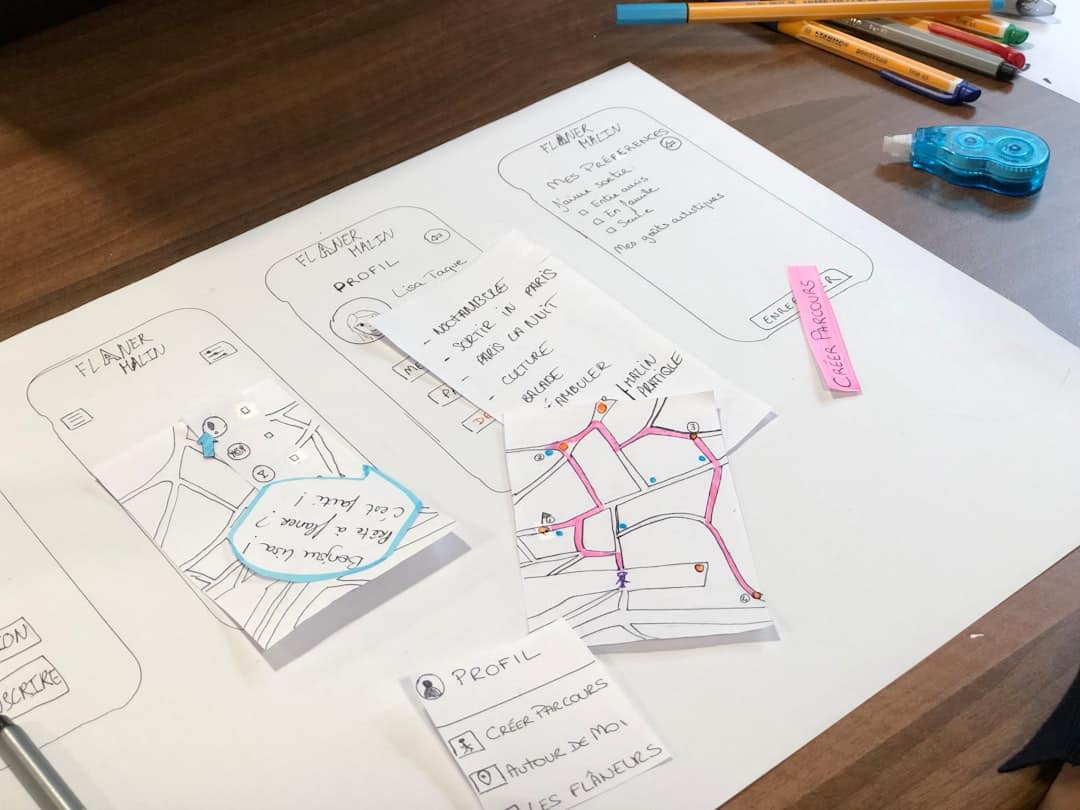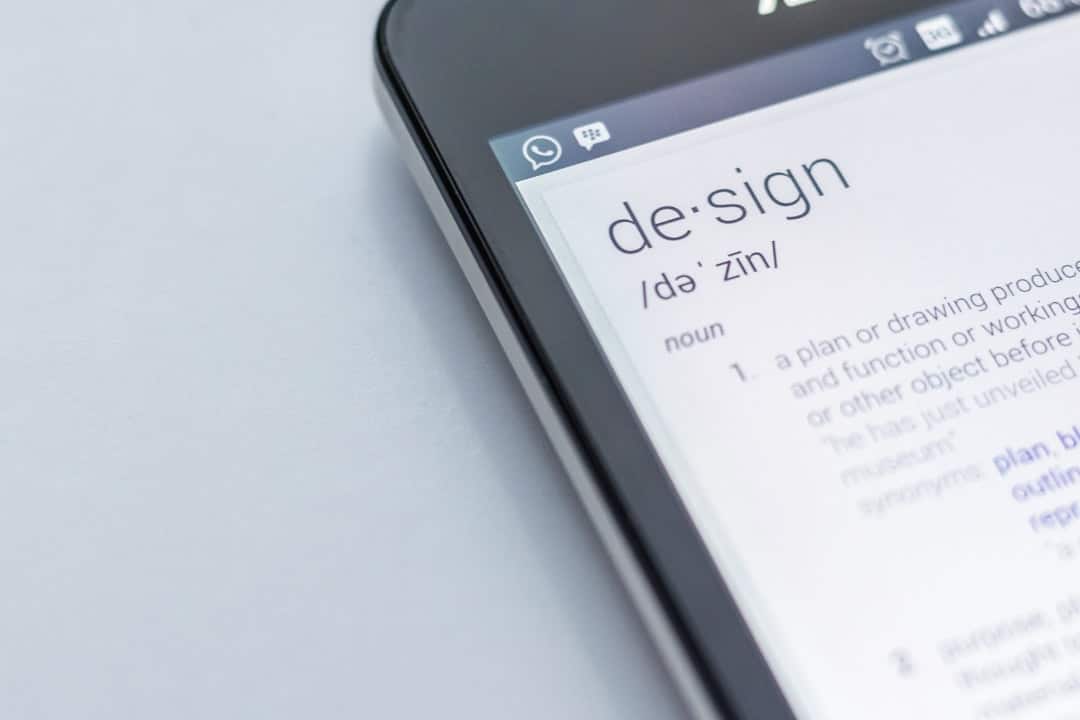In the evolving landscape of digital design and development, consistency across platforms is no longer a luxury—it is a necessity. For enterprises that operate across web, mobile, desktop, and other digital interfaces, brand uniformity and user experience cohesion are vital components of success. Design tokens have emerged as a central solution to this complex requirement, offering a way to deliver scale, coherence, and manageability across a sprawling ecosystem of interfaces and technologies.
Enterprise design tokens, when thoughtfully implemented, enable organizations to maintain visual and functional consistency across projects and platforms—whether they’re working in iOS, Android, React, or even emerging environments like smart TVs or car infotainment systems. This article explores the pivotal role of design tokens in achieving cross-platform harmony at the enterprise level, illustrating how they bridge the gap between design and code, streamline development, and reinforce a unified brand identity.
Contents
What Are Design Tokens?
Design tokens are platform-agnostic variables used to store visual design attributes—such as colors, typography, spacing, sizes, and other UI properties—in a structured format that can be consumed across multiple platforms and technologies. They serve as the source of truth for design decisions, allowing for consistent implementation across all touchpoints.
For example, a brand’s primary color might be defined in a design token like this:
{
"colorPrimary": {
"value": "#005FCC",
"type": "color"
}
}
This token can then be compiled into formats suitable for use in CSS, Android XML, iOS Swift, and other platforms, ensuring the exact same color is applied universally.
Why Enterprises Need Design Tokens
Large organizations often have dozens of teams working independently on different parts of a product ecosystem. Without a centralized, systematic approach to design implementation, inconsistencies proliferate. Fragmented branding, conflicting UI behaviors, and redundant code become inevitable. The use of design tokens helps combat these issues by:
- Ensuring Consistency: Tokens act as the single source of truth for design patterns.
- Improving Collaboration: Designers and developers speak a shared language centered around tokens.
- Streamlining Maintenance: Updates to a token can ripple across all platforms automatically.
- Accelerating Development: Developers can plug in validated design decisions without reinventing the wheel.
In essence, tokens enable the efficient delivery of a cohesive, unified brand experience across an enterprise’s full digital presence.
Achieving Cross-Platform Harmony
Cross-platform harmony is one of the most compelling benefits of enterprise design token systems. But achieving it requires more than just exporting JSON files. It demands governance, tooling, and a clear strategic vision.
1. Canonical Token Architecture
The first step to harmony is to establish a canonical structure for design tokens. An effective token architecture will:
- Support all necessary design attributes (color, typography, spacing, shadows, etc.)
- Enable scalability and modularity
- Accommodate themes, modes (e.g., light/dark), and accessibility needs
- Be generated into multiple platform-specific formats
This structure becomes the central heartbeat of design and development synchronization.
2. Tooling and Automation
Modern enterprises leverage tools like Style Dictionary, Tokens Studio for Figma, or custom pipelines to transform generic tokens into platform-specific stylesheets, classes, and variables. By automating this transformation process, organizations ensure that tokens are reliably integrated into their technology stack.
For example, using Style Dictionary, a JSON token can be automatically transformed to:
- SCSS variables for web
- XML resources for Android
- Swift constants for iOS

This automation reduces human error, accelerates release cycles, and enforces consistency at every layer of the stack.
3. Integration with Design Tools
For a truly seamless workflow, tokens must be present not only in code but also inside the design applications themselves. Integrating tokens within tools like Figma or Sketch ensures that designers use the exact same values that developers will implement. This tight coupling minimizes hand-off errors and reduces time spent resolving UI inconsistencies.
4. Governance and Versioning
In an enterprise setting, design tokens rapidly evolve. New requirements, seasonal themes, rebranding efforts, and accessibility considerations demand constant change. Implementing governance policies and version control is essential for managing these changes without disrupting live products.
Effective governance includes:
- Approval workflows for updating token values
- Semantic versioning to track changes
- Clear documentation and changelogs
- Fallback strategies and deprecation plans
Challenges in Enterprise Adoption
Despite their benefits, design tokens are not without challenges—especially at the enterprise scale. Common obstacles include:
- Legacy Systems: Integrating tokens into old codebases adds complexity
- Tooling Gaps: Not all platforms have mature or compatible tooling ecosystems
- Organizational Silos: Lack of interdisciplinary collaboration can stall adoption
- Scalability Issues: As tokens grow in number, manual management becomes untenable without automation
Overcoming these challenges requires deliberate planning and buy-in from leadership, design, and engineering teams alike.

Case Study: Global Bank Reinvents UX with Tokens
A leading global financial institution recently undertook a massive digital transformation initiative. With operations in over 40 countries and a web presence in more than 15 languages, maintaining brand consistency had become increasingly difficult. UI discrepancies, accessibility issues, and bloated front-end code had become pain points across teams—undermining customer trust and developer productivity.
By rolling out a centralized design token architecture supported by Style Dictionary and integrated into Figma, the bank achieved:
- 50% reduction in UI implementation errors
- 30% faster time-to-market for new features
- Minimal code duplication across web and native apps
The outcome was a seamless experience for users regardless of whether they accessed the bank’s services from a mobile app in Tokyo or a desktop browser in New York.
The Future of Design Tokens in the Enterprise
The role of design tokens is evolving. As design systems mature and the push for automation intensifies, tokens are increasingly being employed in:
- Theme Switching: Dynamic switching between light, dark, or custom themes
- Personalization: Customizing UIs per user or customer segment
- Design AI: Generative systems that rely on tokens to automate UI generation
Moreover, emerging standards like the Design Tokens Community Group’s specification are laying the groundwork for better interoperability among tools—a major win for enterprise scalability.
Conclusion
Enterprise design tokens are no longer just a trend—they are an operational cornerstone of scalable, maintainable, and user-centered product ecosystems. As the demand for digital coherence grows, so too does the need for reliable and standardized methodologies to manage design data. With the right strategy, tooling, and cross-functional commitment, enterprises can leverage design tokens to not only unify their brand experiences but also accelerate innovation and reduce operational friction.
Ultimately, achieving cross-platform harmony isn’t just about making things look the same everywhere—it’s about designing for trust, performance, and scalability, consistently and intentionally, at every digital touchpoint.

